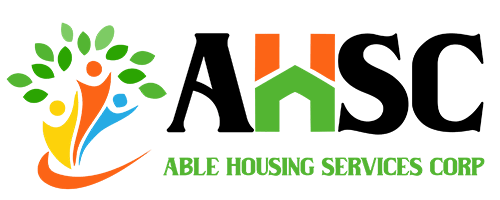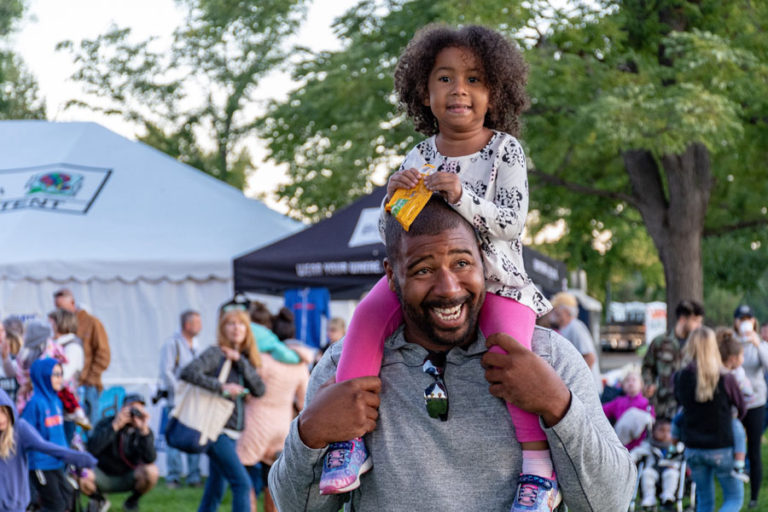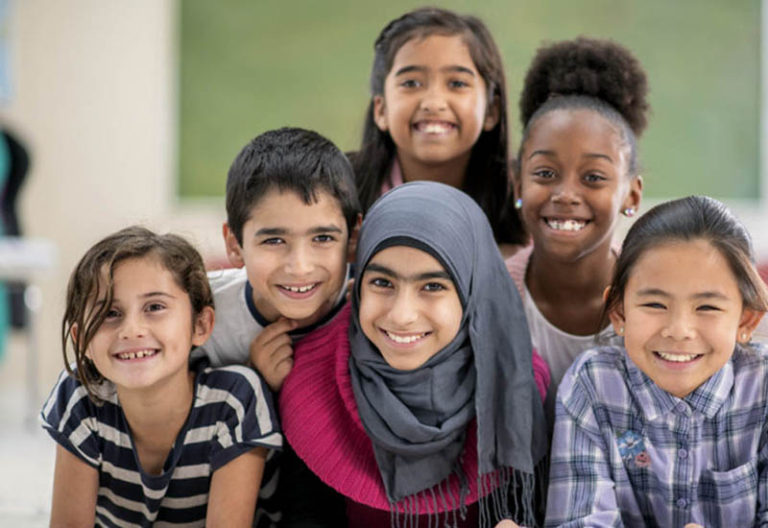The 2018 U.S. poverty rate is noteworthy for two reasons: it reflects a continued decline in the U.S. poverty rate since it hit a thirty-year peak in 2010; and, it marks the first time that the poverty rate has returned to pre-Great Recession levels. At 38.1 million people, or 11.8 percent of the population, the 2018 U.S. poverty rate was also statistically significantly lower than in 2017.
This analysis characterizes those who were living in poverty in 2018 and builds upon The Hamilton Project’s prior annual analyses of the characteristics of those living in poverty. We utilize the source of official poverty statistics, the U.S. Census Bureau’s Current Population Survey Annual Social and Economic Supplement (as released by IPUMS), which is defined as a household’s pre-tax income falling below a threshold set by the current value of three times a minimum food diet in 1963, adjusted by family composition.
It is important to note that the official poverty measure only includes pre-tax income, unlike the supplemental poverty measure which includes refunded taxes and benefits like SNAP. This supplemental measure shows fewer people, notably children, in poverty than does the official measure. The official poverty measure is an imperfect but useful means for tracking the types of people with very low incomes over time and remains central to determining access to means-tested programs.
Looking at the whole population of individuals living in poverty in 2018 (figure 1), we show that more than half of those living in poverty in 2018 were working-age adults between the ages of 18 and 64 (shown in purple below). Just under a third of those living in poverty in 2018 were children, while approximately one-eighth were seniors; this represents a 1 percentage point increase for seniors from 2017 to 2018 and a 1 percentage point decrease for children as shares of those living in poverty.
Source : hamiltonproject





